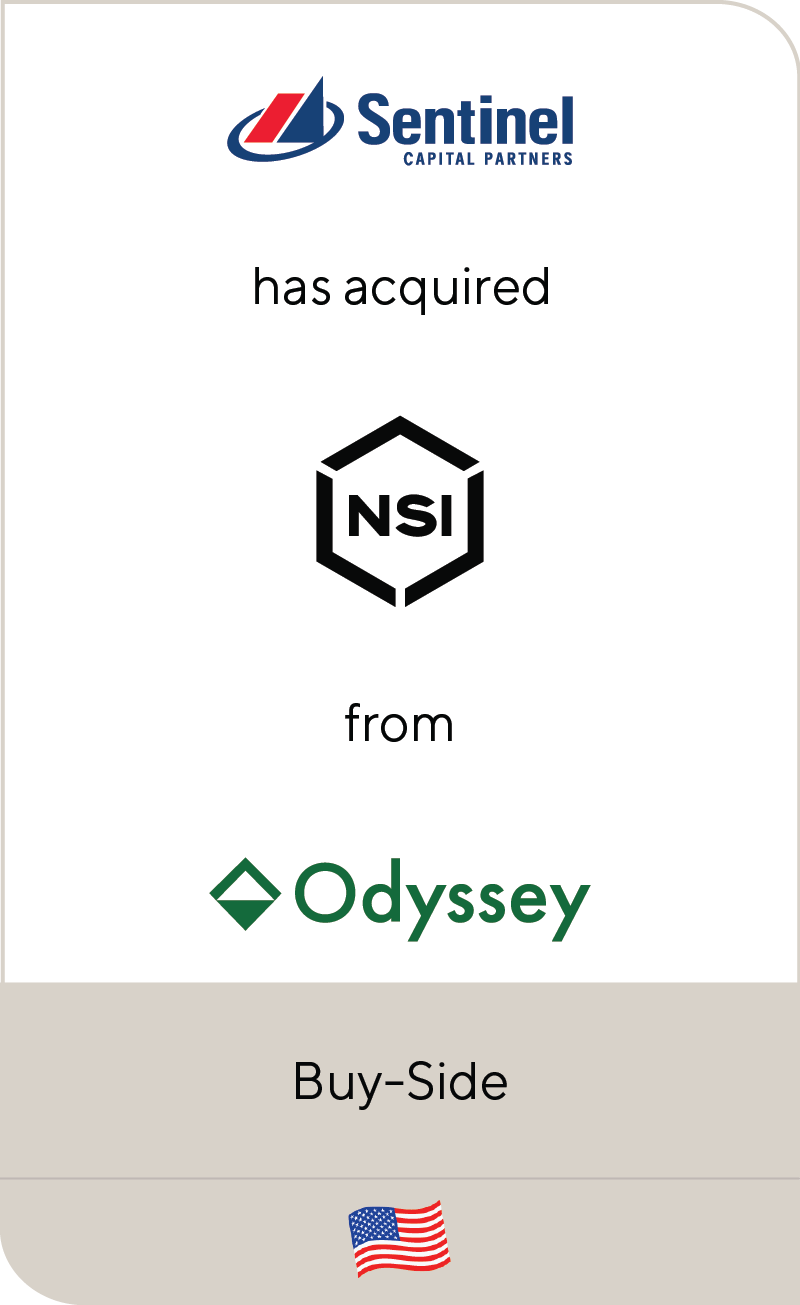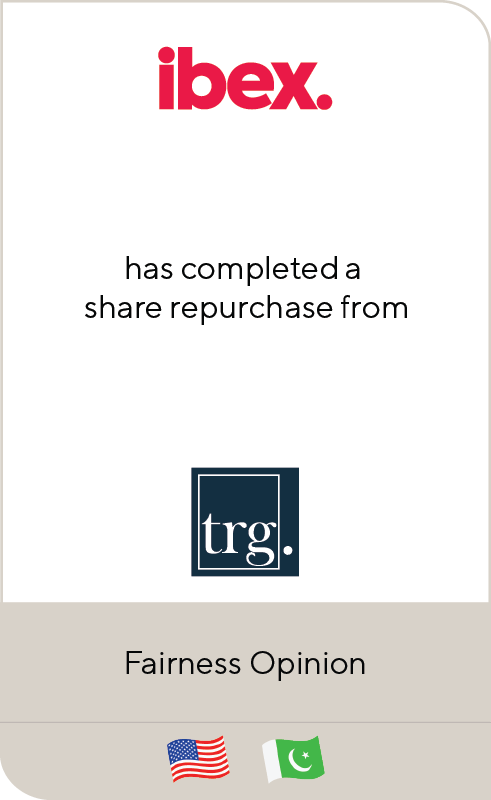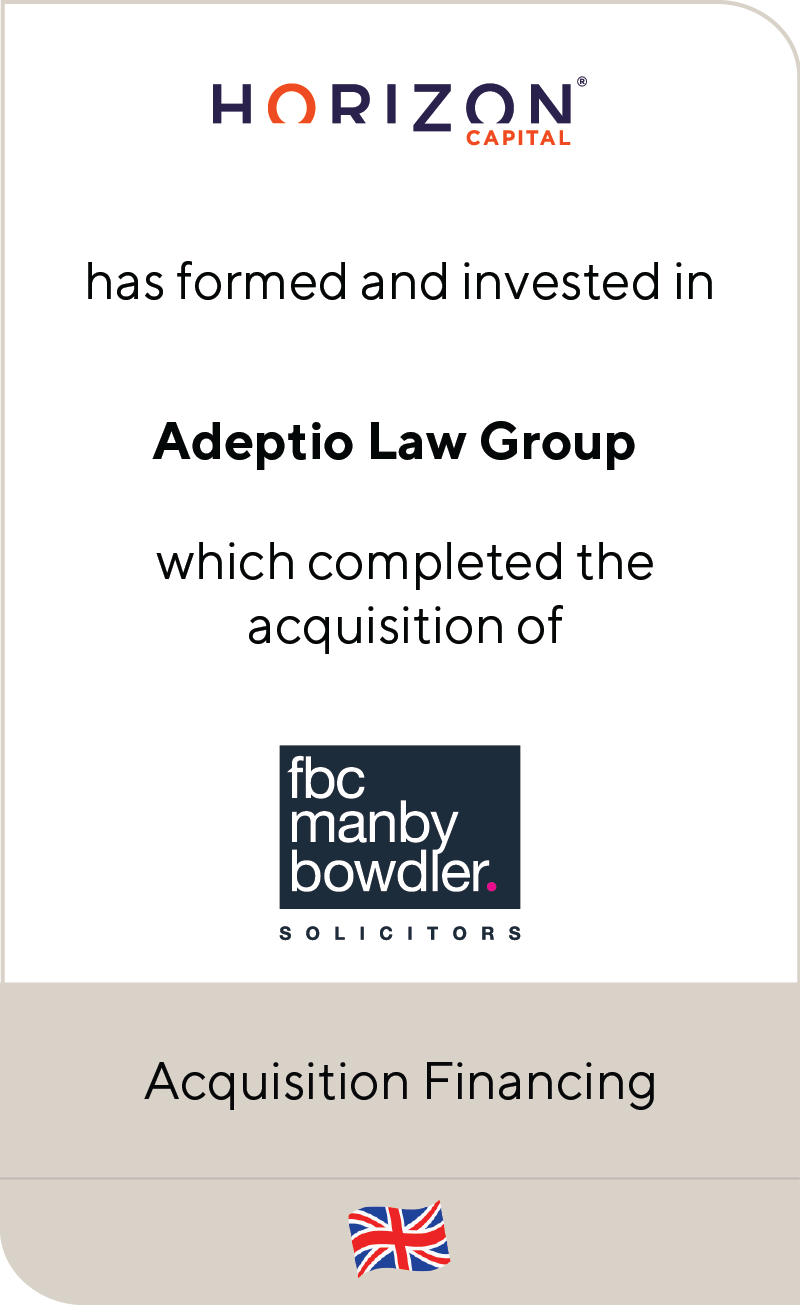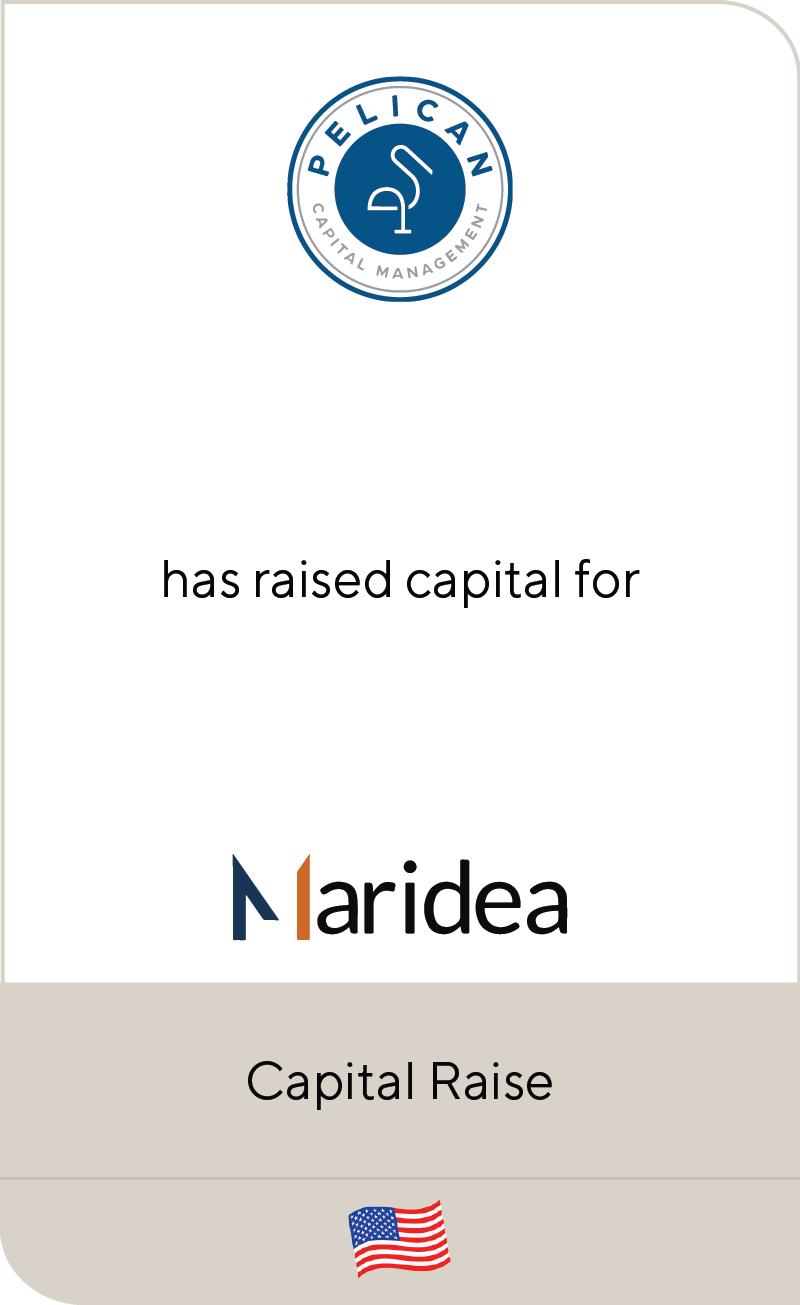E-commerce, Sustainability and Digital Capabilities Drive Consolidation
Aug 2021
| Following a rebound in the first half of 2021, the outlook for the economy remains positive for the second half of the year as vaccination rates continue to climb and lockdown restrictions begin to ease.
Within the logistics and transportation (L&T) market, consolidation is being driven by the accelerated proliferation of e-commerce, growing demand and stakeholder pressure for more environmentally friendly supply chain solutions, and the continued attraction of companies with digital business models. |
Summary
-
This is the second article in a two-part series where Lincoln International explores the latest trends in the logistics and transportation industry—from exploding e-commerce to a growing importance of CO2 footprint reduction.
- Click here to download a printable version of this perspective.
- Sign up to receive Lincoln's perspectives
E-commerce continues to support long-term growth in L&T
Several perspectives on the Lincoln website have discussed the spike in in e-commerce sales during 2020 as consumers worldwide switched, almost overnight, from brick-and-mortar to online channels during the initial lockdown.
In B2C, new product categories shifted online as the adoption of online shopping spread significantly across demographics around the globe. Because this is an acceleration of an existing trend, vendors (retailers and brands) are now competing in crowded categories for increasingly discerning and expectant buyers. Efficient and high-quality e-commerce logistics—and the resulting customer experience—have become decisive for these vendors. Hence, they are increasingly prepared to pay for such services.
Retail E-Commerce Sales Worldwide 2019-2024 ($tn)
Source: eMarketer (December 2020)
On top of that, there will be substantial future growth for logistics service providers (LSPs) from e-commerce’s penetration of B2B sales transactions. In a pre-COVID-19 forecast, Forrester projected that the U.S. B2B e-commerce market would be reaching USD 1.8 trillion and account for 17% of all B2B sales in the country by 2023. In addition, research by Gartner found that 44% of millennials prefer no sales rep interaction at all in a B2B purchase setting and projects that by 2025, 80% of B2B sales interactions between suppliers and buyers will occur via digital channels.
L&T e-commerce attracts the interest of private equity and venture capital investors
E-commerce drives demand for a wide spectrum of services, creating a complex network of critical tasks such as cross-border supply chain management and international freight forwarding, control and operation of warehouses and fulfillment centers, last-mile and express delivery as well as the efficient management and handling of returns. This connects brands to online marketplaces and provides other, often software-driven, customer experience and transparency solutions.
Besides attractive fundamentals with high long-term market growth rate projections, the prospect of increasing supply chain complexity in e-commerce and omnichannel logistics further adds to the allure of this segment. The latter appears counterintuitive, but growing complexity generally tends to favor pricing power of LSPs.
Unsurprisingly, these factors create a constant flow of mergers and acquisitions (M&A) activity driven by incumbents as well as private equity and venture capital funds. Incumbents have been motivated by the quests for scale, regional expansion and addition of specific capabilities (e.g. Fedex / ShopRunner or Affirm / Returnly).
Private equity and venture capital face ample opportunity in the wider logistics market, and the e-commerce logistics space in particular, given the high degree of fragmentation. The industry currently represents a somewhat fluid mix of incumbent players, mostly small- and mid-sized, which operate and compete alongside dynamic startups and high-growth newcomers who often leverage technology to disrupt and transform parts of the industry. In addition, efficient e-commerce logistics requires local fulfillment capabilities in order to achieve the level of customer experience required (e.g. same day or even shorter delivery and return time windows).
Creation of infrastructure and fulfillment services offers additional opportunity, especially for institutional investors backing entrepreneurs or wishing to invest in infrastructure to initially cover white space and subsequently consolidate on a national or even international level. Such strategies could be implemented in a combination of last-mile delivery technology players, warehouse robotics specialists (e.g. for micro-fulfillment technology) or real estate specialists. Recent substantial fund raisings by Shipbob (USD 200m in June)1, Getir (USD 550 million in June)2, Bringg (USD 100 million in June)3, Glovo (Euro 450 million series F in April), or Gorillas (Euro 290 million series B in March) underline the market’s appetite for the segment. Regional fulfillment network building further adds to the already vast supply of roll-up opportunities for financial investors, allowing private equity to apply its proven playbook of investing into platform assets with the right management teams to roll-up smaller players.
Growing importance of sustainability
Since the 2015 COP21 Paris Agreement, the need to reduce carbon emissions has been prioritized. In May 2021, a Dutch court ruling requested that Shell complies with an order to cut carbon emissions, thus illustrating the growing acceptance of this notion. Arguments for environmentally friendly policies once ignored or sidelined, not least because of the fear of reducing profitability, are now central to senior management thinking. This has been confirmed by the recent survey by Kühne Logistics University that found that more than half of companies have a sustainable logistics strategy in place or have plans to implement one. Hence, supply chain decarbonization continues to become increasingly important to shippers as consumers and other stakeholders demand sustainability, which in turn impacts their LSPs.
The challenge facing businesses and LSPs as they attempt to cut carbon emissions cannot be underestimated. Moreover, the surge in transport volumes post-COVID-19 will make reaching these targets even harder as LSPs—especially for those involved in air cargo and express parcels. While larger players (see table on next page) have put in place measuring schemes and set decarbonization targets, the larger number of small- and mid-sized players that dominate the industry, particularly in forwarding and road freight, do not measure CO2 emissions yet. However, without measurement, carbon reduction programs cannot be implemented as there is no tracking of progress.
Source: Ti Insight (2021), The Challenge of measuring and meeting climate change targets |
Green footprints prove to be differentiators
The extra costs associated with CO2 footprint measuring and reduction will benefit larger forwarders and carriers. This will further exacerbate the inherent trend towards consolidation within the fragmented industry.
In addition, there will likely be an increased M&A appetite for niche-players with strong footprints in comparatively clean rail transportation. This may relate to railway undertakings, intermodal operators as well as forwarders that differentiate by offering large networks of relevant rail access points, which in turn allow for minimizing first and/or last-mile road traffic. There is anecdotal evidence for this from carriers and forwarders who increasingly find shippers willing to pay for access to “greener transportation.”
This trend also benefits software, Software as a Service and platform solutions that reduce mileage driven and share assets in to achieve better fleet utilization. Improved sustainability exacerbates the demand for these solutions, which historically were based on cost-efficiency and quality optimization considerations. Going forward, superior sustainability concepts have the potential to be differentiating factors.
Digital business models continue to attract substantial funding
Digital business models in L&T have drawn significant investor attention over the last couple of years and continue to do so. In 2021 especially, there have been both increasing amounts of VC capital as well as strong M&A activity.
What impact do these digital business models have on the overall industry? Looking at a list of the top 25 global forwarding and contract logistics companies, there has not been much impact as the rankings have not changed due to the entrance of digital disruptors. It is worth noting that the toplines of major traditional third-party logistics (3PLs) now include growing shares of digital businesses from their own digital ecosystems; with C.H. Robinson mentioned as a frontrunner. European players such as DB Schenker, DHL, Geodis, K+N and Maersk have also followed this model. However, the large segment of traditional small- and mid-sized L&T players still have significant potential to adopt digital business models to become more customer-oriented and efficient, thus defending their market positions going forward.
A recent study by ADL differentiated digital business models into the three basic types—marketplaces, management software providers and service providers. Compared to overall industry revenue, digital supply chain business models still only represent a small fraction. However, digital business models are rapidly growing and are projected to outgrow the traditional L&T market growth rates of 4-6% by substantial margins. Flexport is a prime example of this digital service provider growth. Founded in 2013, the digital forwarder roughly tripled revenues from more than USD 400 million in 2018 to around USD 1.3 billion in 2020.
Management software is a digital business model that has been around for many years and refers to software enabling users to support the management of transactions across a defined portfolio of selected (contracted) partners, such as transport management systems (TMS). TMS providers have positioned themselves at the intersection of large shippers, carriers and forwarders. TMS and other management software automates the freight management process, effectively causing forwarders and carriers to become executors rather than freight managers. At the same time, it threatens their profit pool by increasing supply chain transparency for shippers.
The lower expected growth rates for the management software segment compared to other digital services providers reflect the relatively high degree of TMS penetration among the large 3PLs. Future growth will be driven by small- and mid-sized freight forwarders as this group will feel the most pressure to replace the still-predominant legacy systems. Many of these mid-sized 3PLs serve large global shippers with business relationships based on decades of hard work and high levels of customer service. It can be expected that these large global clients will become more demanding based on competitive technology offerings from the market leaders and digital startups.
M&A creates hybrid business models
By definition, market power in the segment of marketplace providers tends to be concentrated in modal and regional segments with the underlying mechanism of platform economics benefitting the early entrants. Market leaders naturally benefit from the “pull effect” of their network advantage. Hence, M&A activity has been geared towards the creation of hybrid business models that leverage platform ecosystems. For example, Alpega acquired Wtransnet, the leading freight exchange in Spain and Portugal, to combine with its software offering, or DAT, the U.S. truckload exchange, added analytics to its offerings via its purchase of Freight Market Intelligence Consortium. For challengers in the marketplace segment, partnering and/or M&A activity will grow critical mass to gain traction faster. Such consolidation strategies may focus on specific customer verticals, trade lanes or leverage partnering with traditional LSPs.
Within the digital service provider space, execution capabilities are gaining importance. The recent volatility in international air and ocean freight as well as the re-emergence of the driver shortage in road transport added to this need. There will be consolidation within the sector, especially in the highly fragmented international air and ocean domains. Additionally, the digital road forwarding in Europe markets will continue given the underlying importance of scale and trade-lane specific critical mass in forwarding. Berlin-based sennder, a pan-European digital road forwarder, can be seen as an example in this regard. It acquired the French digital forwarder Everroad, merged with the former European activities of Uber Freight and announced a partnership Italy-based Poste Itialiane in 2020. In May 2021, following a USD 160 million funding round in January that was recently increased by a further USD 80 million, sennder announced the acquisition of Cars & Cargo (Netherlands) representing its first foray into traditional forwarding. Similarly, the recently announced USD 2.25 billion purchase of Transplace by Uber Freight not only extends reach among U.S. shippers for the road freight matching platform but also provides access to Transplace’s cutting-edge supply chain technology stacks for improving the efficiency as well as the quality of logistics services for shippers and carriers.
Despite ongoing consolidation among management software providers, the industry still comprises a large and growing number of global as well as regional specialists across a wide spectrum of capabilities, ranging from full TMS providers to specialist software vendors addressing specific tasks within the freight management value chain (e.g. visibility, rate management, mode specific solution, tour and route planning, etc.).
Startups aiming to improve certain aspects or processes of the freight management process are continually entering the industry. As a result, there is substantial scope for accretive M&A in the sector to be achieved in the form of both scale and scope type transactions. The high degree of customer lock-in, even with cloud-based solutions, clearly adds to the attraction of the sector both in the public and private markets. This is clearly illustrated by the example E2Open, a cloud-based supply chain management software provider and active industry consolidator.4 E2Open went public in February 2021 via a SPAC transaction valued at USD 3.2. billion, including PIPE financing. In May, it announced the acquisition of fellow supply chain software vendor Blue Jay Solutions for USD 1.7 billion. The deal’s rationale illustrates the drivers for further consolidation in the space: complementary geographic positions, access to a SaaS-network and the addition of complementary supply chain execution capabilities.
The management software provider segment offers substantial scope and opportunity for VC and private equity to implement platform strategies with larger strategics as public markets are expected to remain wide open exit channels. Going forward, traditional LSPs may also decide to explore entering the management software provider segment to digitally defend or re-claim their 4PL positioning and relevance for large shippers.
Contributors
Meet Professionals with Complementary Expertise

I am enthusiastic about creating sustainable growth and the highest value for our clients and strive to leave a positive footprint beyond any successful M&A transaction.
Friedrich Bieselt
Managing Director & Head of Business Services, Europe
Frankfurt
The transactions we work on are often trajectory-altering, with high stakes and pressure to get it right. We know our work, however challenging in the moment, is going to be impactful.
Mike Iannelli
Managing Director & Co-head of Business Services
Chicago
























